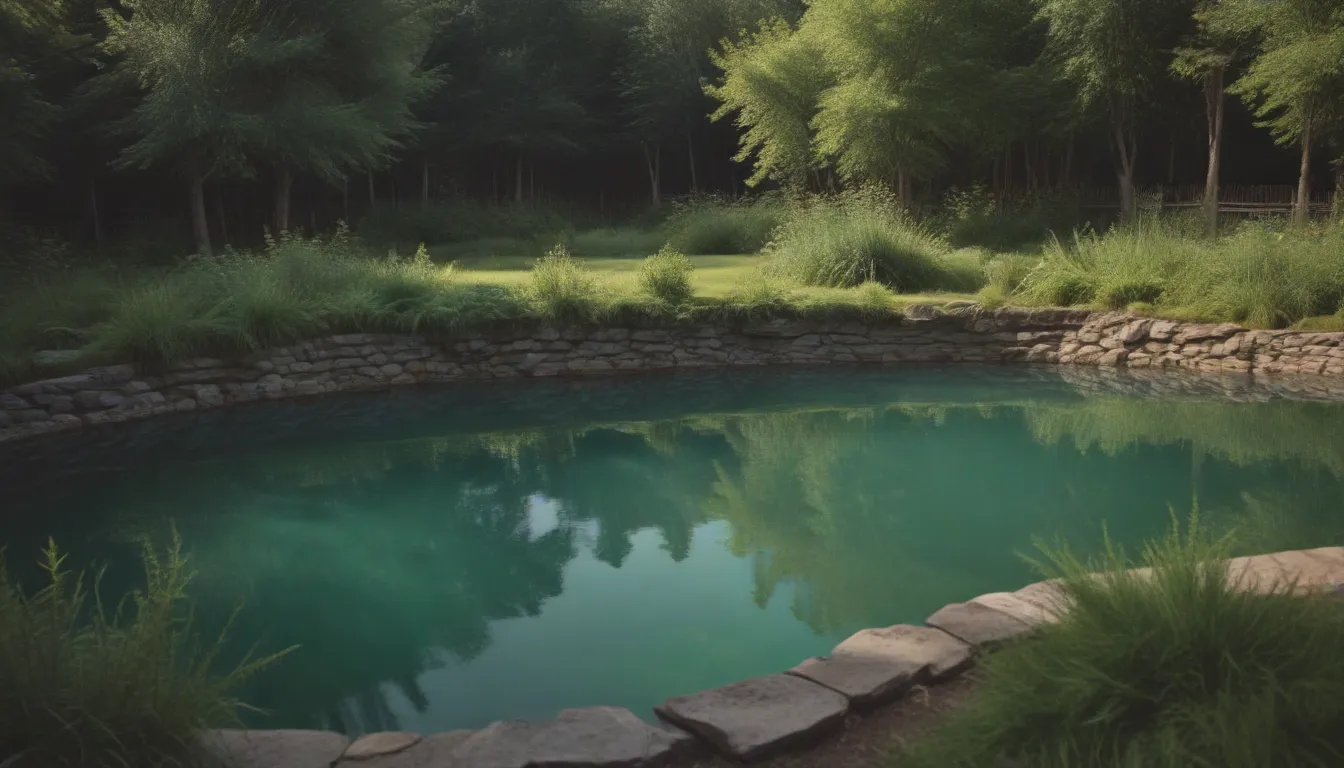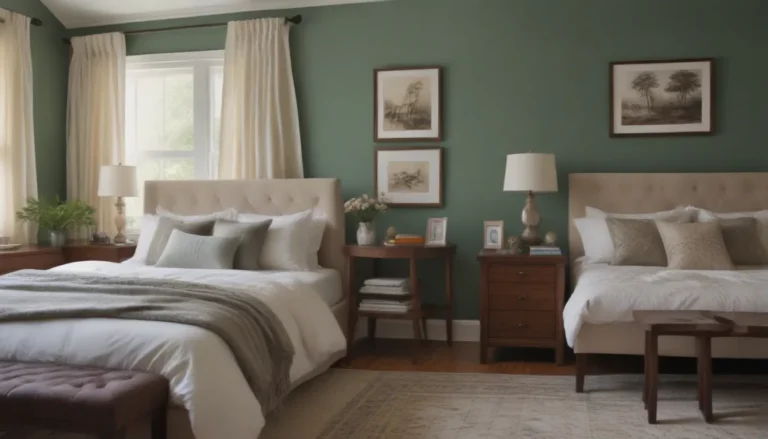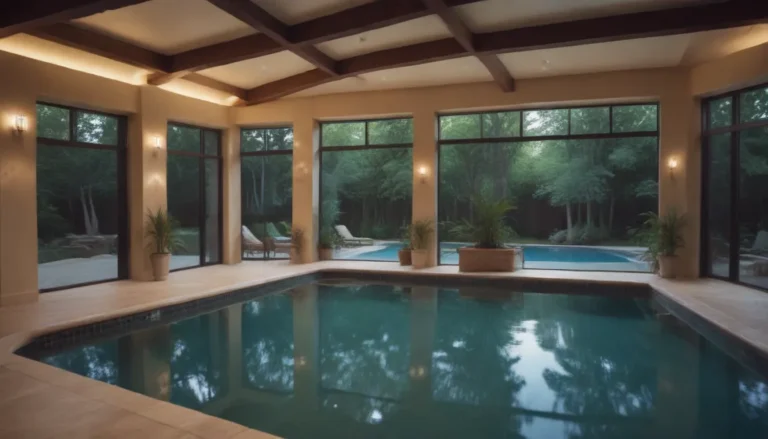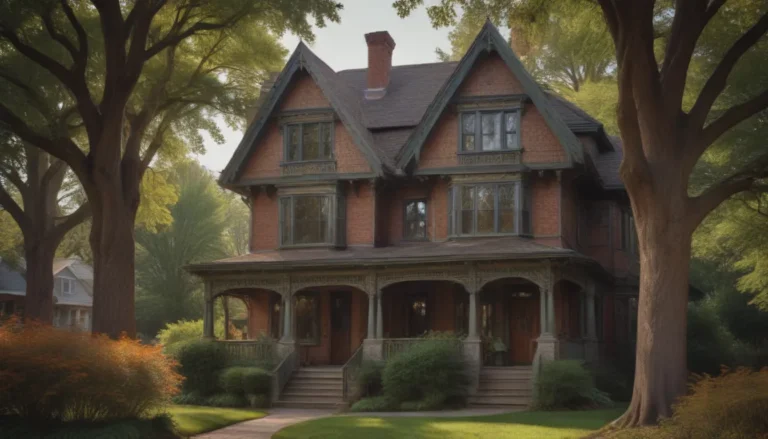Understanding and Resolving Green Pool Issues

Having a green pool is not only unsightly but also indicates that there are underlying issues with your pool water quality. Algae and bacteria growth can cause not only discoloration but also potential damage to your pool equipment. In this comprehensive guide, we will delve into the common reasons why your pool may be green and provide you with practical solutions to rectify the problem. Let’s explore the steps you can take to ensure your pool stays clean and clear for enjoyable swimming experiences.
Low Chlorine Level
One of the primary reasons for a green pool is a low chlorine level. Chlorine plays a crucial role in keeping your pool water sanitized and free from harmful bacteria and algae. Several factors can lead to a drop in chlorine levels, such as excessive sunlight, heavy rainstorms, or increased pool usage in a short period.
To address this issue, follow these steps:
– Test your chlorine levels to determine the extent of the deficiency.
– Add chlorine shock to the pool in front of the return to boost chlorine levels.
– Thoroughly brush the walls and floor of the pool to disturb any algae or bacteria.
– Allow the pool to circulate for 24 hours and retest the chlorine levels for adjustments.
Heavy Rainfall
Contrary to popular belief, heavy rainfall can contribute to a green pool. Rainwater can introduce unwanted chemicals, bacteria, and debris into your pool, leading to a decrease in chlorine levels. Runoff from the surrounding area can further exacerbate this issue, making it essential to address promptly.
To combat the effects of heavy rainfall on your pool:
– Test the chlorine levels and add chlorine shock as needed.
– Brush the pool thoroughly to remove any contaminants.
– Keep the pool running for several hours to ensure proper circulation and filtration.
– Monitor chlorine levels regularly to maintain water quality.
Inadequate Filtering
Proper filtration is essential for maintaining clear and clean pool water. Your pool filter should run for a minimum of 8 hours a day to remove debris and particles effectively. Without adequate filtration, even the correct chemical balance in your pool may not be sufficient to prevent algae growth.
To improve filtration and prevent a green pool:
– Adjust your pool’s timer to ensure the filter runs for a sufficient duration daily.
– Regularly clean and maintain your pool filter to ensure optimal performance.
– Monitor filter pressure to detect any potential issues with clogging or reduced flow.
Clogged Filter System
A clogged filter can hinder proper water circulation and filtration in your pool, leading to water discoloration and poor water quality. It is crucial to address a clogged filter promptly to prevent further damage to your pool equipment.
To address a clogged filter situation:
– Shut down the pool system and remove the pump basket for inspection.
– Check filter pressure and pump basket for signs of clogging.
– Perform backwashing to clean the filter and restore proper functionality.
– Regularly inspect and maintain your filter system to prevent clogs and ensure optimal performance.
By addressing these common issues that can lead to a green pool, you can maintain clear and healthy pool water for a more enjoyable swimming experience. Regular testing, maintenance, and proper pool care practices are essential for ensuring your pool remains clean and pristine throughout the swimming season. Remember, a little proactive care can go a long way in preventing green pool problems before they arise.





